Discover Discover the Legendary Pilgrimage Routes
-
FAQs About the Camino de Santiago
- How long does it take to walk the Camino de Santiago?
The full Camino Frances takes around 30–40 days to complete. Shorter routes, such as the Camino Ingles or Camino Finisterre, can be walked in under a week - What is the best time to walk the Camino?
The most popular times to walk are spring (April–June) and autumn (September–October) when the weather is mild, and the trails are less crowded. - What is the Camino de Santiago?
The Camino de Santiago, or The Camino Trail, is a network of historic pilgrimage routes spanning Europe and leading to the Santiago de Compostela Cathedral, where Saint James is believed to be buried. - Do I need to be religious to walk the Camino?
Not at all. Many walk the Camino for fitness, personal growth, or cultural exploration rather than spiritual reasons. - Which Camino route is the easiest?
The Camino Frances and Camino Portugués are considered the most manageable, offering moderate terrain and plenty of amenities. - How difficult is the Camino de Santiago?
Difficulty varies by route. The Camino Frances and Camino Portugués are relatively easy, with moderate terrain, while the Camino del Norte and Camino Primitivo are more challenging due to rugged landscapes.
Book Your Camino de Santiago Holiday
Walking the Camino de Santiago is more than just a hike—it’s a journey of discovery, reflection, and connection. Whether you’re exploring for the spiritual experience, cultural immersion, or the sheer joy of walking, Macs Adventure makes it easy.
With our self-guided tours, you’ll enjoy the freedom to explore The Camino Trail your way, backed by expert support and seamless logistics.
Contact us today to start planning your Camino de Santiago adventure and make memories that will last a lifetime.
![FAQs About the Camino de Santiago]()
- How long does it take to walk the Camino de Santiago?
-
Which Camino is for me?
There are many different routes to Santiago, and here at Macs we offer the vast majority of them. We do have a detailed video which describes each option in more detail, but here is a quick summary of the main reasons for choosing each Camino;
Camino Frances or The French Way
- The most popular Camino route, and the option where you will meet most fellow pilgrims. This is the most sociable Camino for sure and perfect for first-timers!
- Variety of terrain - from the Pyrenees, to the vast plains of the Meseta, to the lush valleys of Galicia
- Easy to follow - all of the Caminos are well sign-posted but the Camino Frances is probably the most clear with yellow arrows and scallop shells lining the way!
- Fascinating cities - there are several amazing cities along the French Way including Pamplona, Burgos, Leon and Santiago all of which are worthy of exploring and extra nights stay
Camino del Norte
- The path less travelled - the Camino del Norte is one of the quieter Camino routes so if you prefer to walk alone, this is one of the more suitable Camino's
- The terrain is more rugged and slightly tougher than the Camino Frances. Along the coastal sections in particular there are a lot of ups and downs along clifftop paths
- Coastline - much of the first part of the Camino del Norte passes on or near to the coast
- Food - the Basque Country is renowned for its fantastic gastronomy and is home to the delicious Pintxos (small, tasty tapas-like dishes!)
Camino Primitivo
- The original medieval pilgrim's route for a truly authentic pilgrim experience
- Perfect for those looking for a more challenging route as it passes through mountainous and more rugged terrain and less accommodations makes for more longer days
- Offers an even quieter experience than the Camino del Norte
- Amazing scenery and much more rural landscapes
Camino Ingles
- This is the route which pilgrims from England used to take, crossing the sea to Ferrol and then walking to Santiago
- Perfect if you are short of time as it is just 5 days walking from Ferrol to Santiago
- Another quieter option if you prefer to walk without lots of people
Camino Portugues and the Camino Portugues Coastal Way
- Second in popularity to the Camino Frances, this is another very sociable Camino, perfect if you want to meet lots of other walkers!
- A great way to discover authentic Portugal, passing through parts of Portugal well off the tourist route
- It is an easier and mainly flat route
- Pass through many historical cities and villages including Pontevedra, Padrón and the vibrant city of Porto
- The coastal variation from Porto to Santiago takes you along the coast to discover amazing unspoiled coastline
Camino Finisterre
- The only route to start in Santiago de Compostela and not finish there
- Walk to "end of the world"
- A great spiritual experience as it tends to be people who have walked all the way from Santiago who are doing it
Camino Le Puy
- A very popular Camino although not quite as busy as the Frances or Portuguese routes
- Walk through the heart of rural France
- Pass through a variety of landscapes from the stark Aubrec Plateau, to the luxuriant Lot Valley, to the dramatic Pyrenees
- A great option if you have done the Frances and want to try another Camino!
![Which Camino is for me?]()
-
Accommodation on the Camino
Probably one of the most daunting prospects of planning any trip is finding the right places to stay! However, Macs Adventure takes this out of your hands when you book one of our Camino packages and book all your accommodation in advance for you, leaving you free to enjoy the walk! Here is what to expect from your accommodations on the way!
Variety - you can expect to be staying in a large variety of different types of accommodations on any of our Camino routes. This ranges from small family-run B&B's or "pensiones", to "casa rurales" which are refurbished country cottages, to slightly larger hotels in the bigger cities and towns. Sometimes the smaller accomodations may be called "hostales" but please don't worry - this is not the typical bunk room you may expect in a hostel. You will always have your own private room and bathroom. We always aim to book you into the most personal and charming options available so that your experience is an authentic one. Staying in a variety of accommodation like this is all part of the experience, but it is important to keep this in mind to manage your expectations, as if you stay in a slightly fancier place one night, it may not always be the same the next night!
Air-Con? - generally, the smaller accommodations we use do not offer air-conditioning as they are in older buildings and of a more traditional style. Most of the time there will be some sort of fan in the room to cool you down during the hotter summer months!
Breakfasts - again, the types of breakfast on offer at your accommodation vary hugely. One morning, you may find a true feast presented to you with everything from fresh pastries and bread to cooked eggs. Other mornings, you may find the selection slightly more limited with just bread and cheese on offer. Generally, when you have a long walking day ahead of you it's best not to fill up too much anyway, but you will soon become accustomed to the pilgrim way of life!
Upgrades - you may be surprised to learn that there are actually some very luxurious upgrade options available along the Camino which you may be tempted to upgrade to for a night or two! If this sounds like your idea of bliss, you may want even want to consider our Camino in Style tour which includes the finest boutique hotels and country manor houses (pazos). Otherwise, speak to us about perhaps upgrading to one of the famous Paradores, a range of state-owned hotels which are usually very luxurious and housed in old historical buildings. There are Paradors in several locations across the Camino routes.
![Accommodation on the Camino]()
-
Eating and Drinking on the Camino
Here are some of the most common things you should expect to eat and drink on any Camino pilgrimage!
Pilgrim's Menus - the Pilgrims menu or 'Menu del Dia' is an affordable set menu offered in many towns and villages along the Camino. For between €10-15 you will have a choice of a 3-course meal, including wine, water and often a coffee too. There is always a vegetarian option, available too.
Bocadillos - traditional Spanish sandwiches and a popular choice for a pilgrim lunch. Made with tasty baguettes and a variety of fillings, these are sure to fill you up for the next stage of your walk!
Pulpo (Octopus) - a Galician speciality and one you simply must try on any Camino! It can be either boiled or grilled and is simply mouth-watering!
Padron Peppers - another common dish served in many restaurants along the Camino, pimientos de Padrón, are tasty, small green peppers
Tapas or Pintxos - bearing in mind that many restaurants don't start serving until after 8pm in Spain, you may find yourself indulging in these tasty little dishes. Meant to be eaten along with a drink, these often allow you to experience regional specialities in small portions
Café - the Spanish make excellent coffee and you can either enjoy a Cafe Solo (an espresso) or Cafe con Leche (coffee with milk) to start your day!
Wine - the regions the Camino passes through are home to some excellent regional specialities including the smooth Rioja and crisp Albarino white wine.
Read more about what to expect from food and drink on the Camino on our blog.
![Eating and Drinking on the Camino]()
-
Download our Camino Guide
Thinking of walking the Camino de Santiago? There is so much information on this life-changing pilgrimage that sometimes it is difficult to know where to start.
Luckily it is Macs Adventure to the rescue! Simply download our Free 21-page Camino guide from the link below to read on your phone, tablet or good old printed page.
![Download our Camino Guide]()






























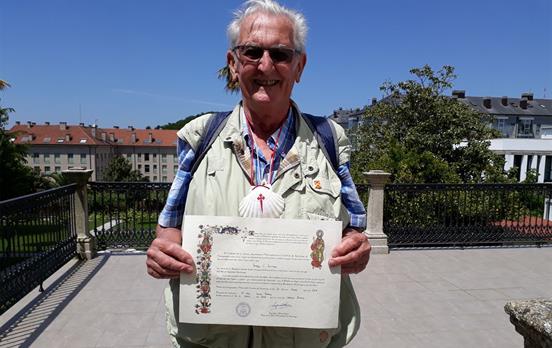
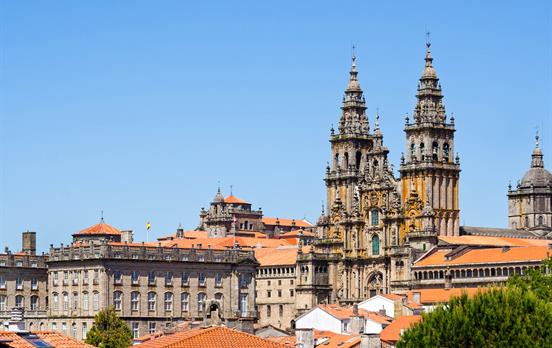
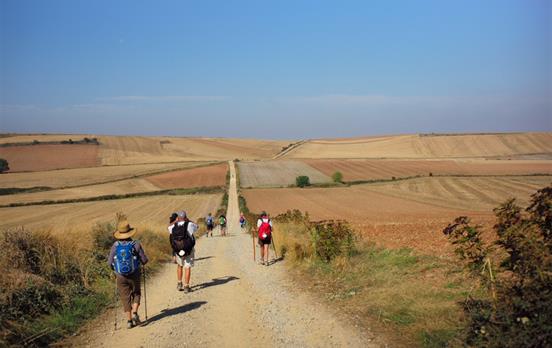

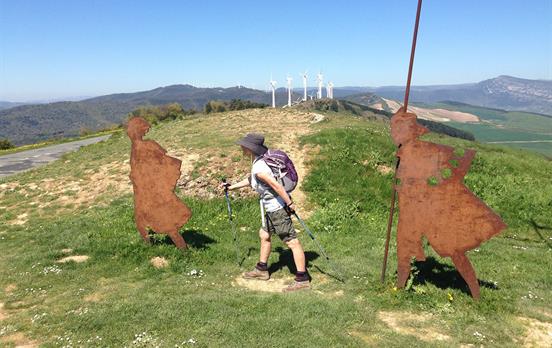
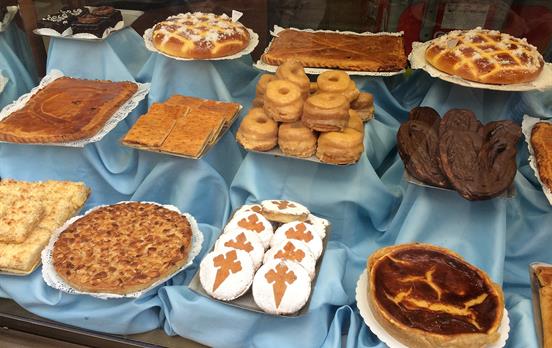
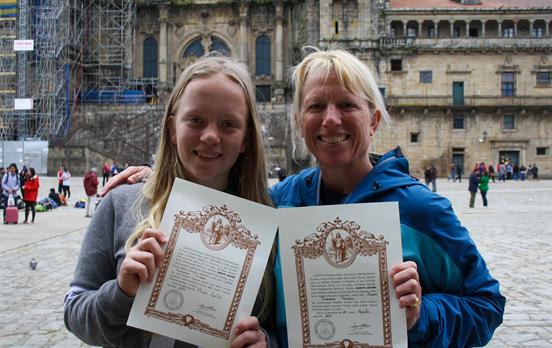
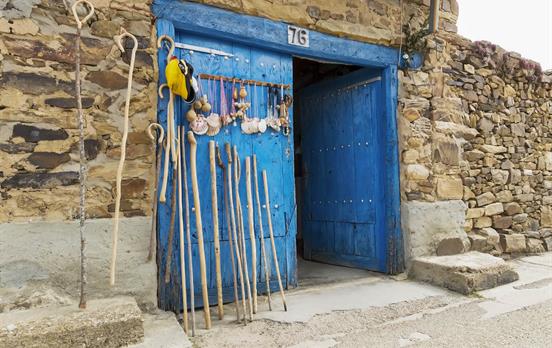
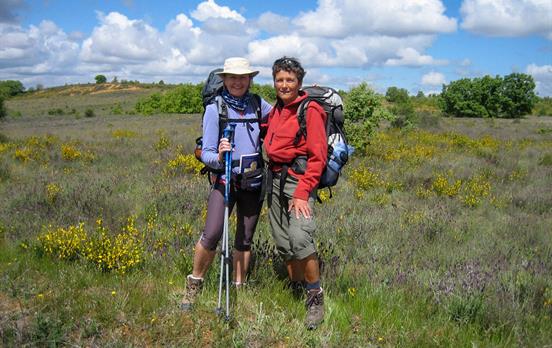
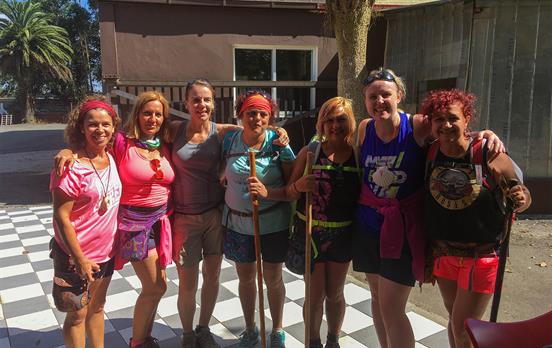
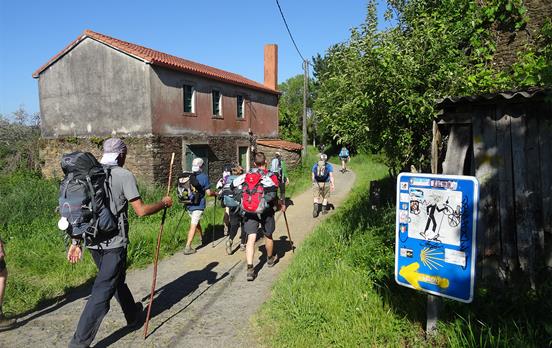
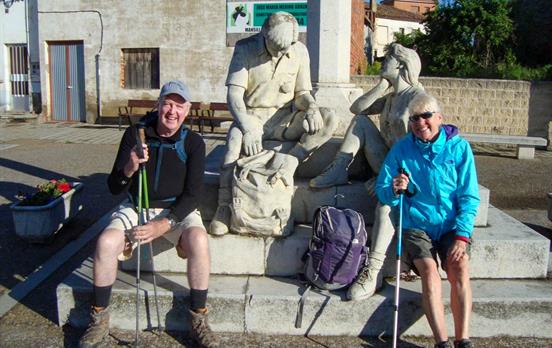
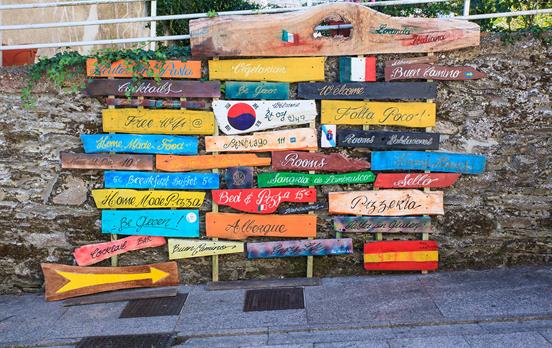


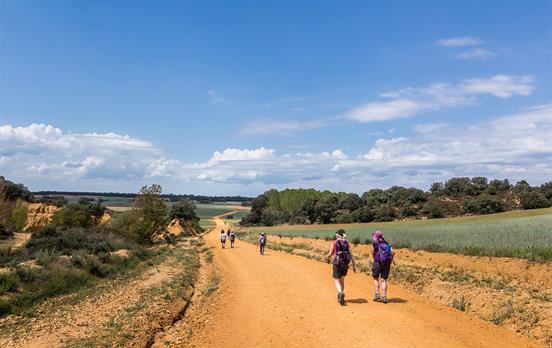
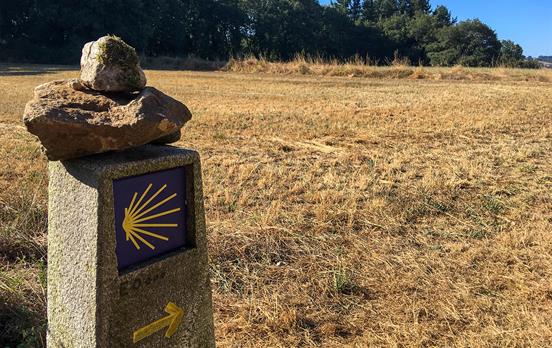
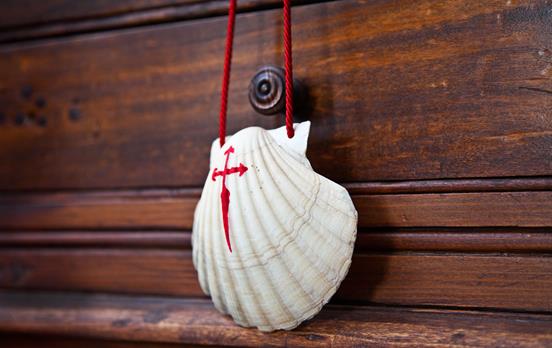
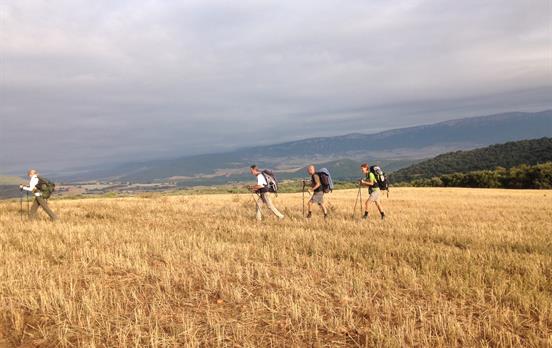
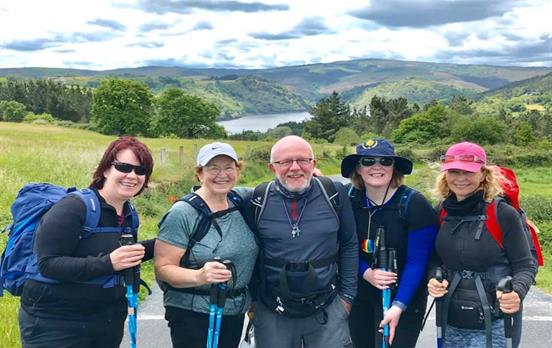

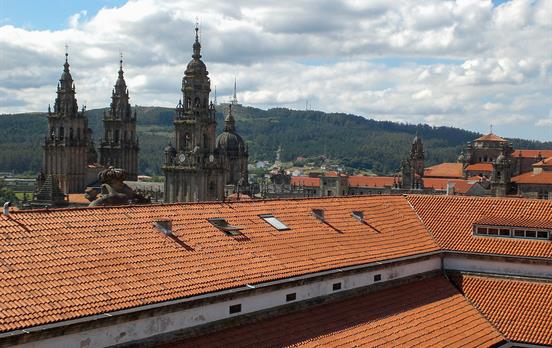
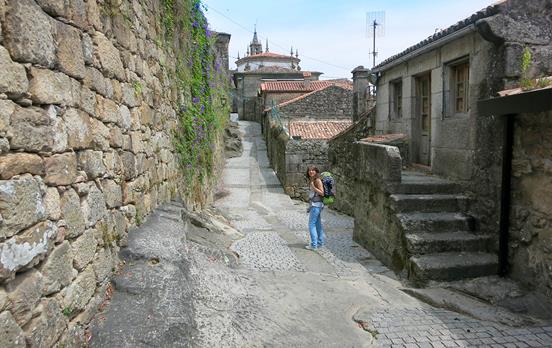
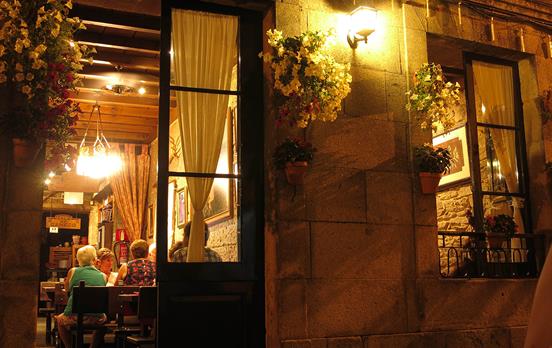
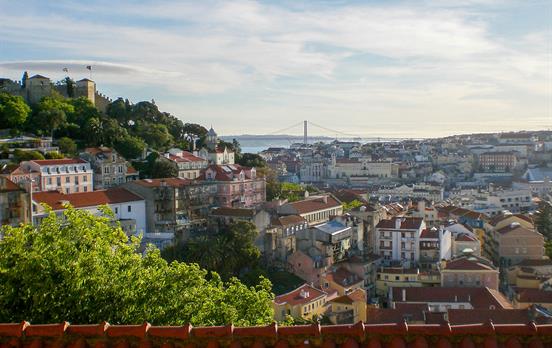
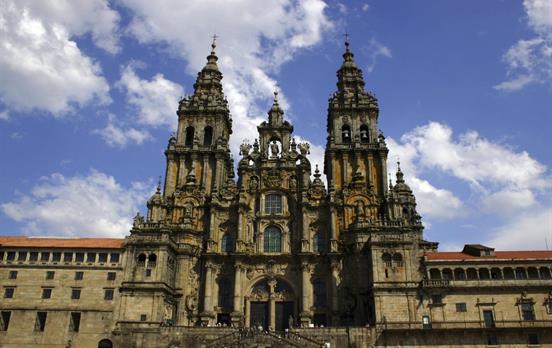
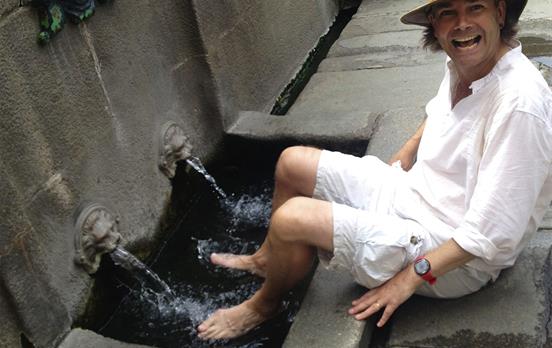
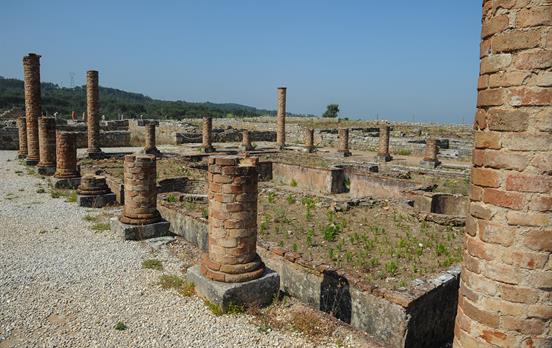
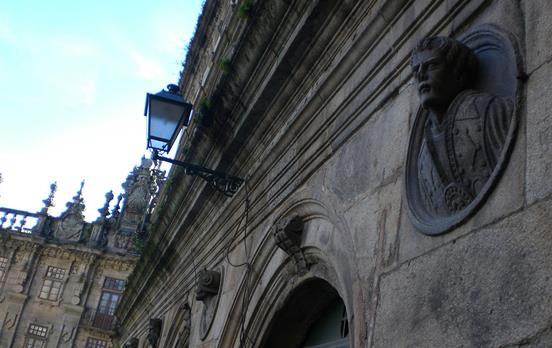
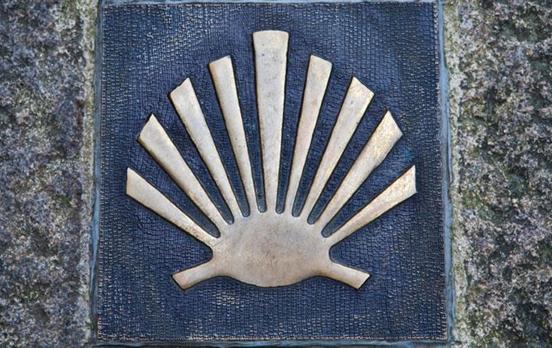
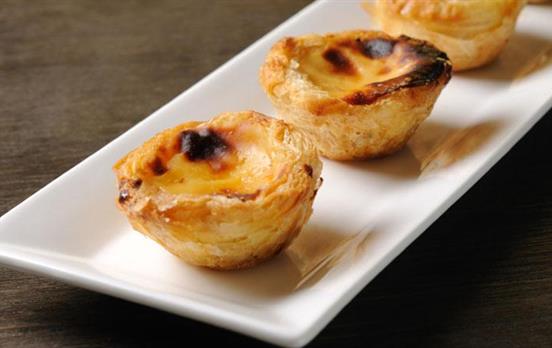
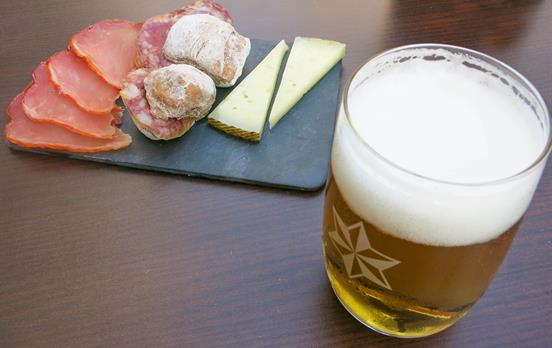
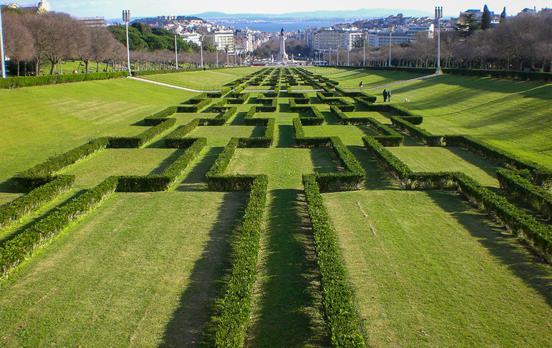

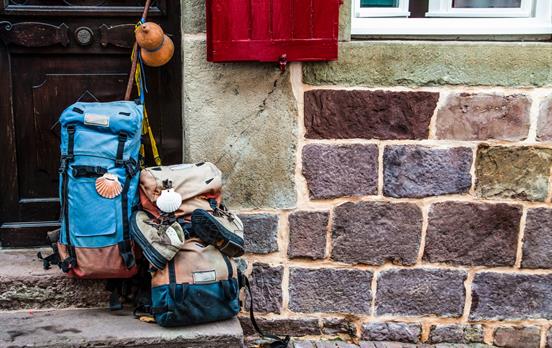
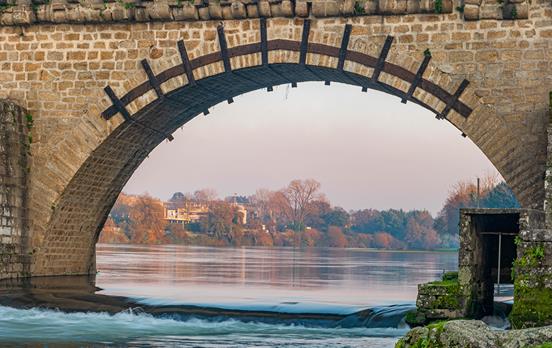
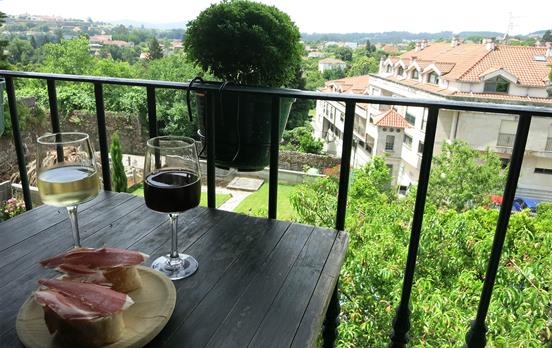
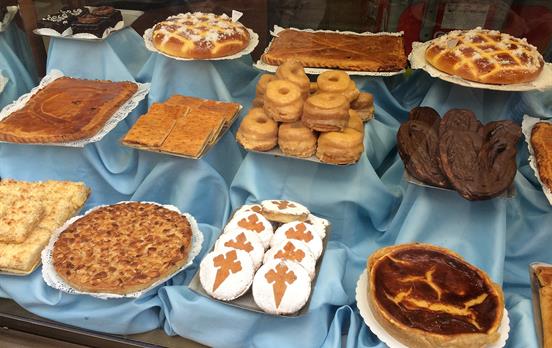
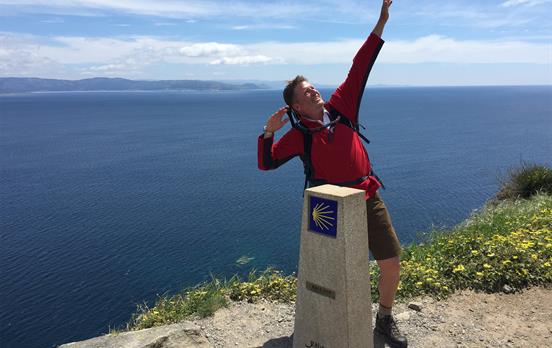
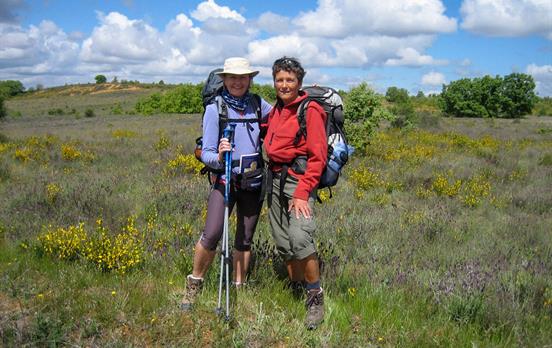
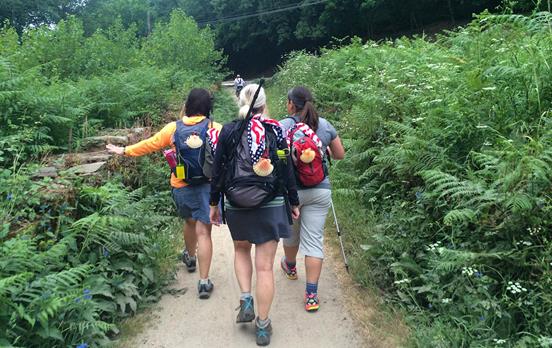



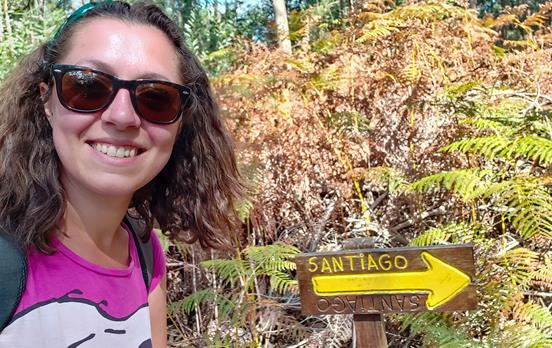
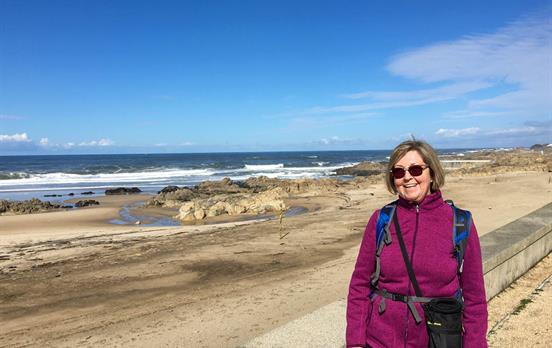
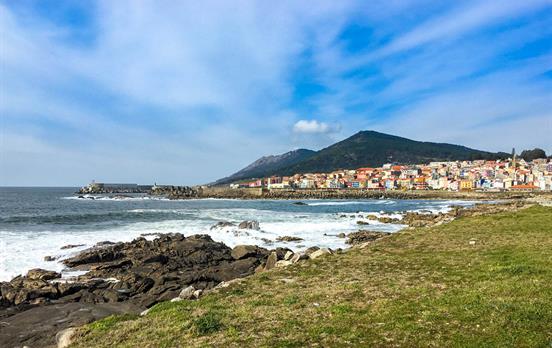
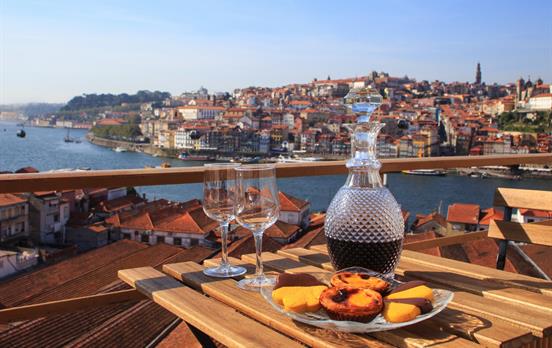
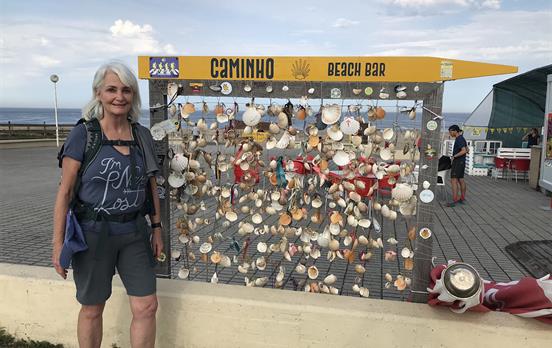

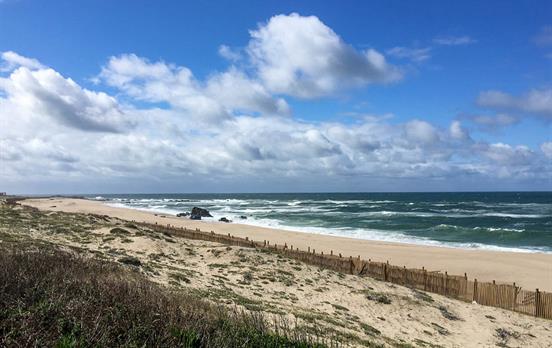
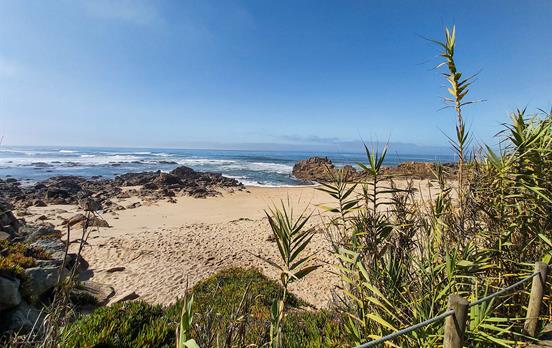

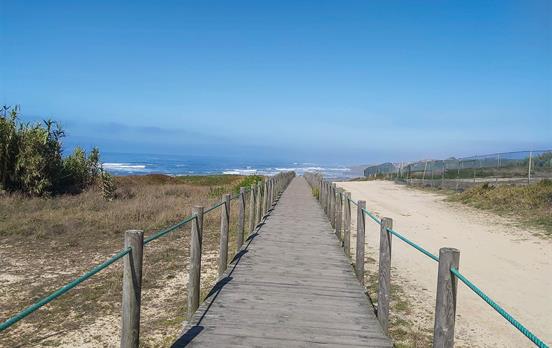
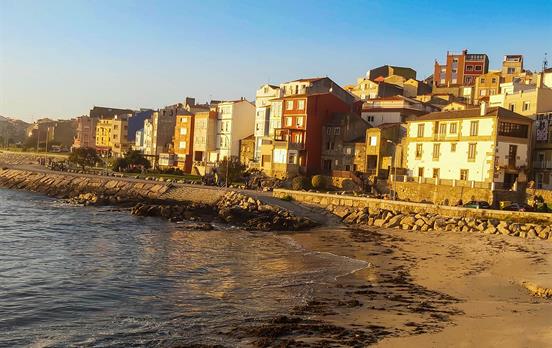
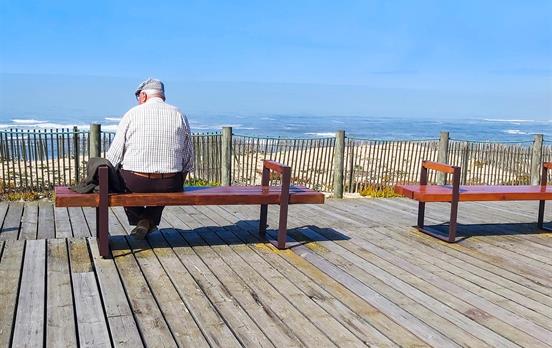
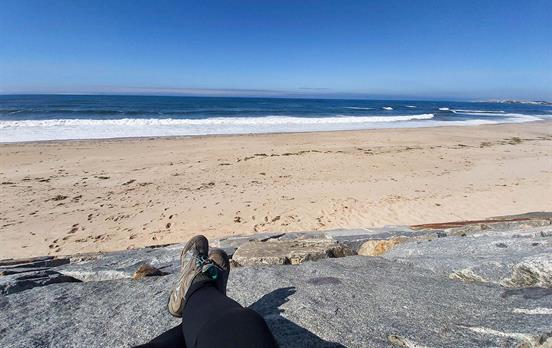
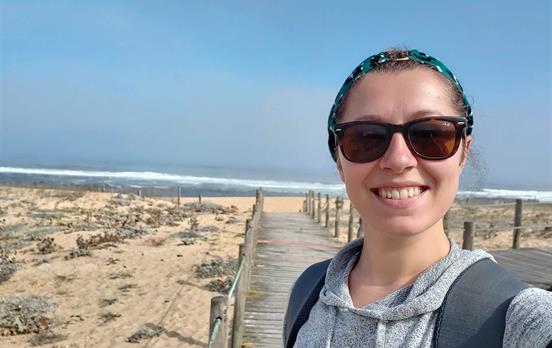
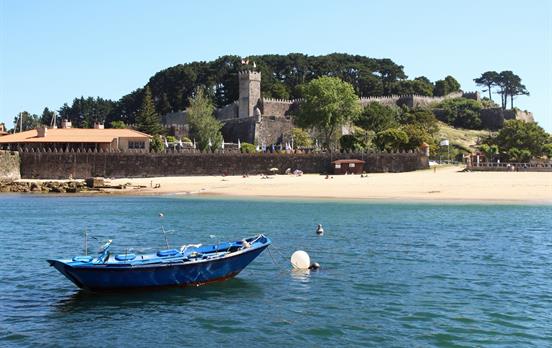
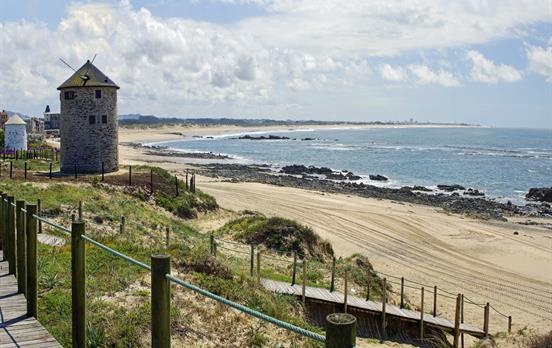
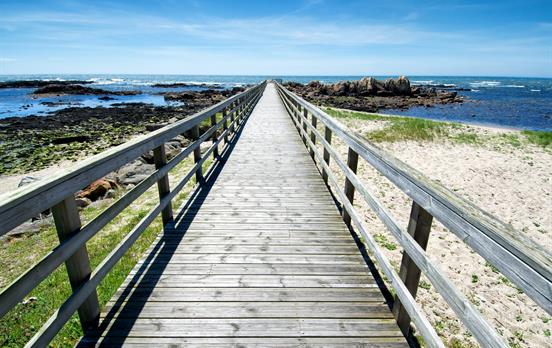
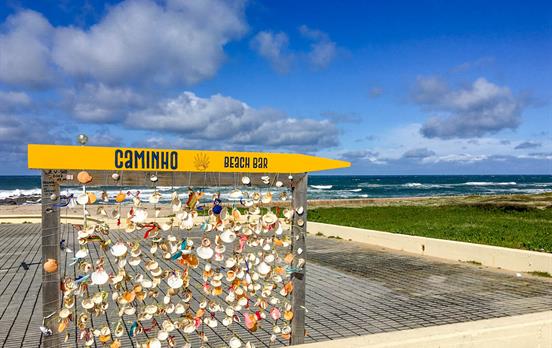
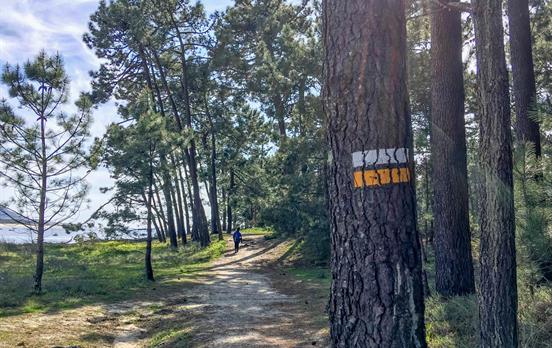
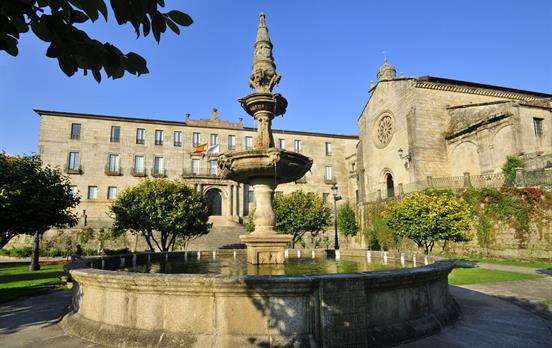

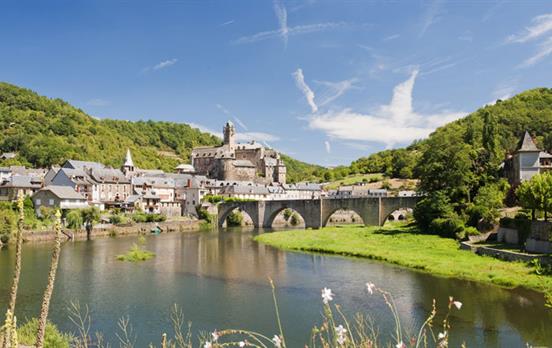
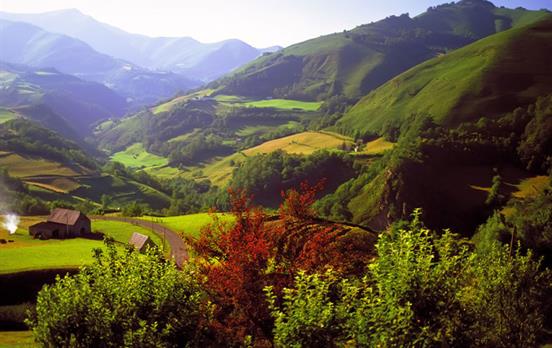
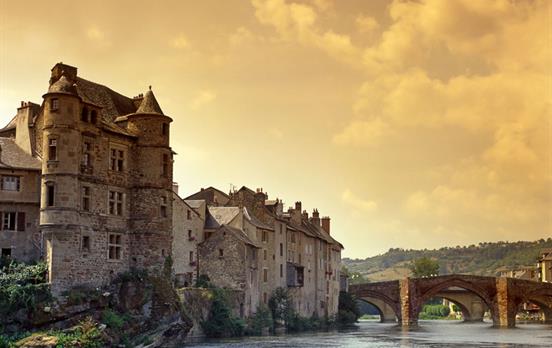
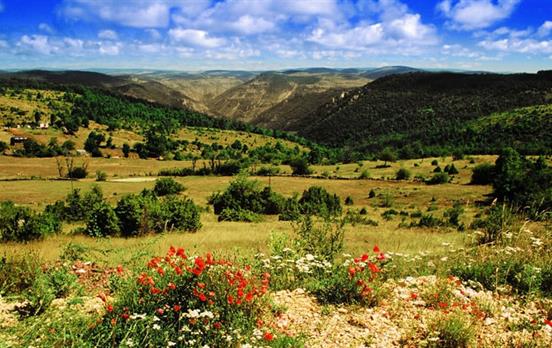
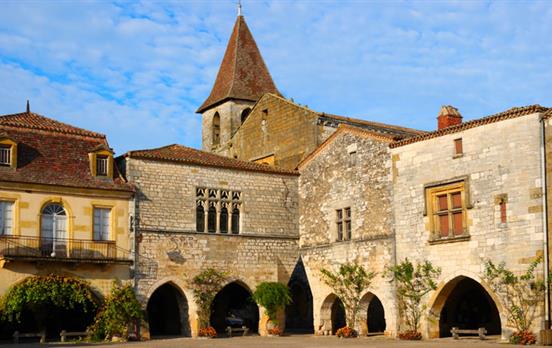
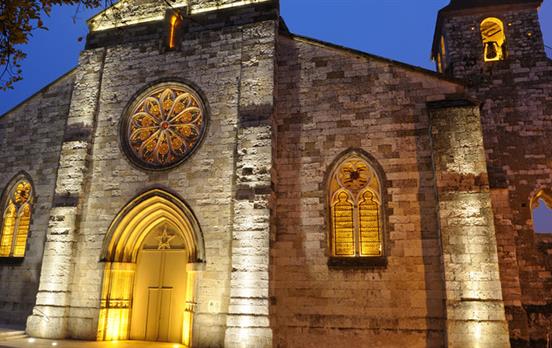
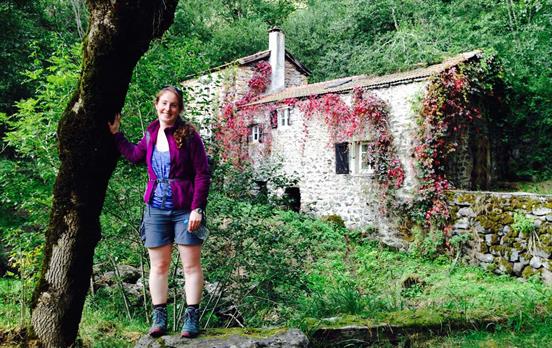
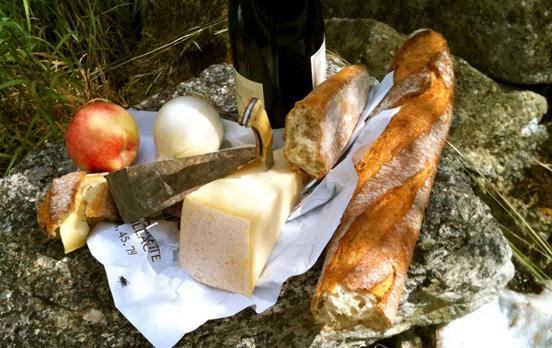
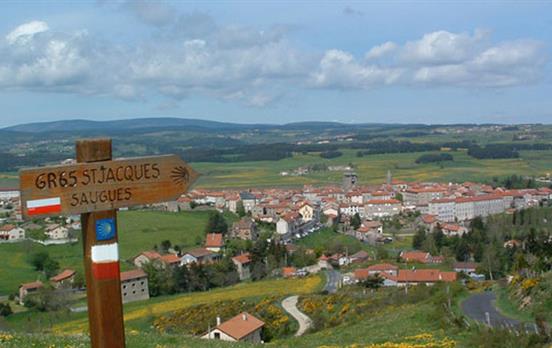
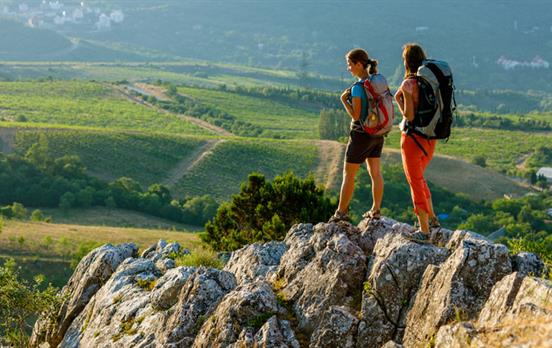
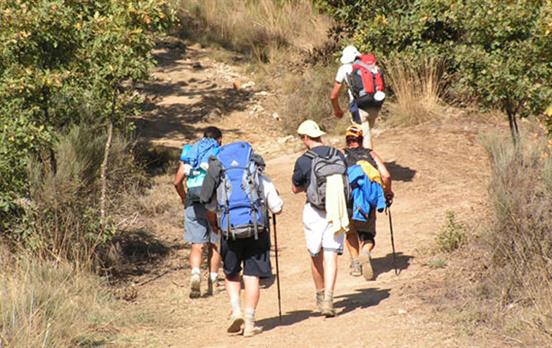
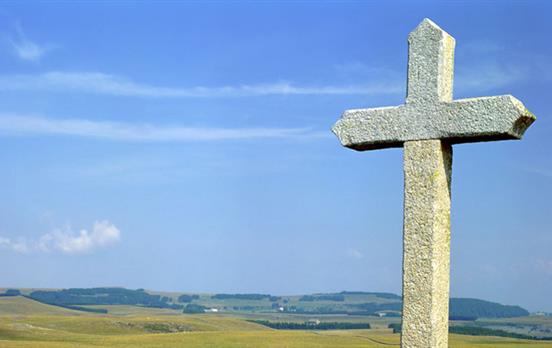
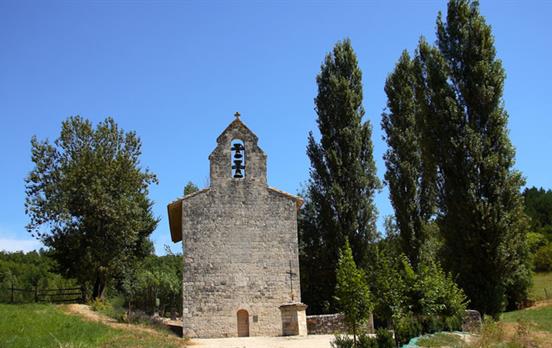
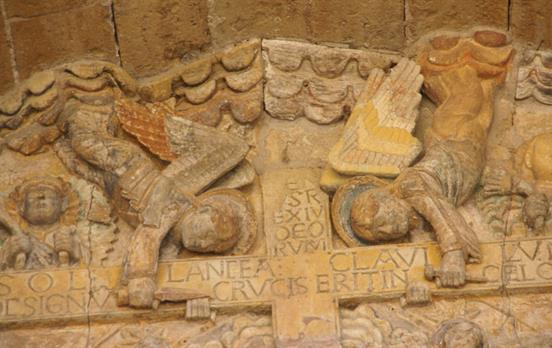
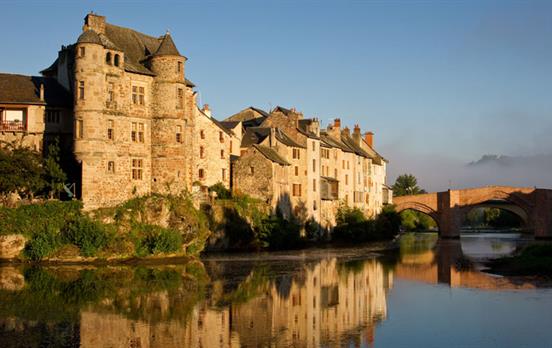
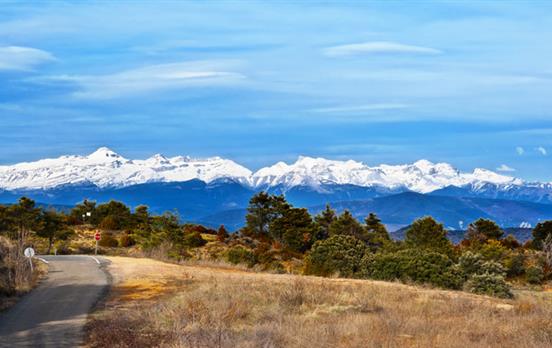
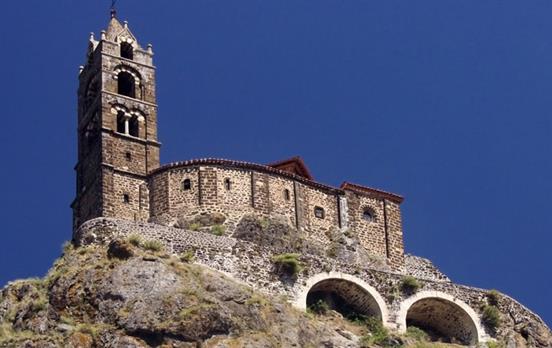
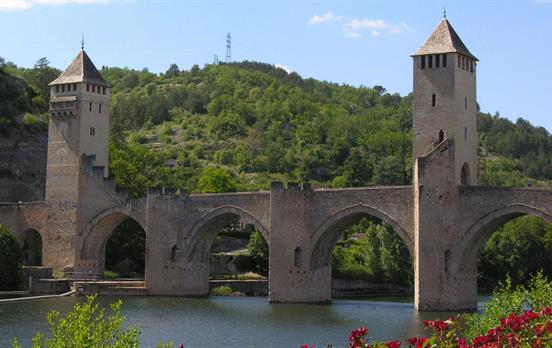
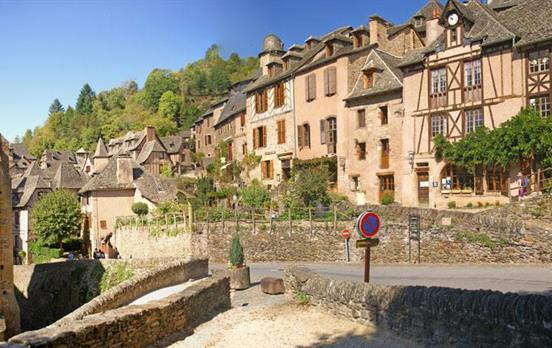
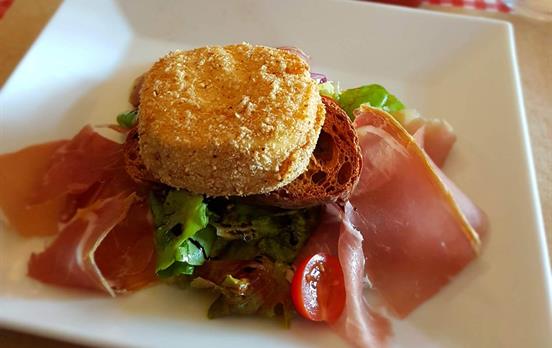
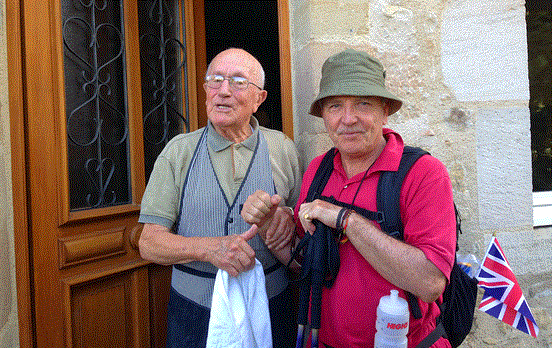
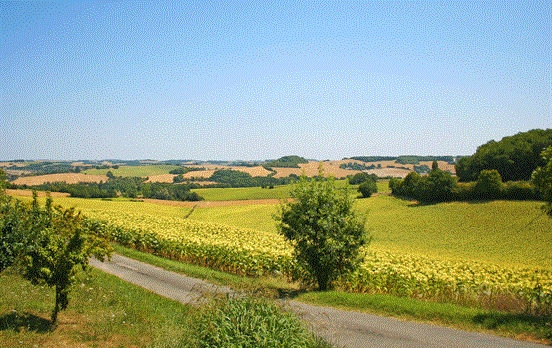

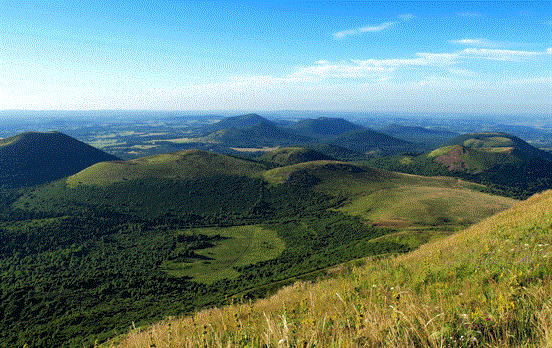
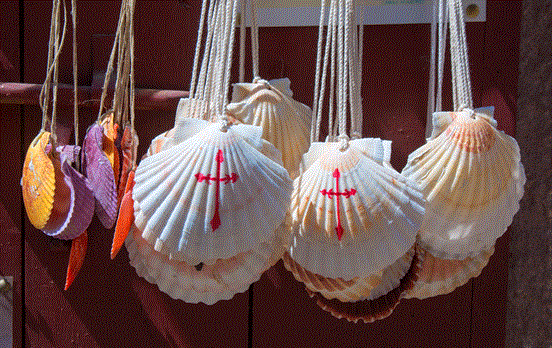

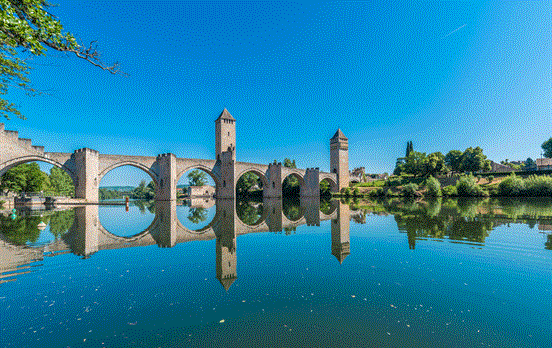
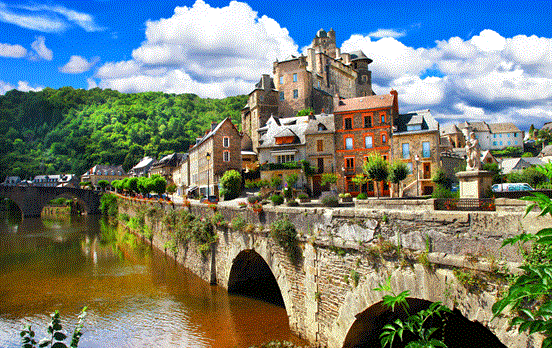
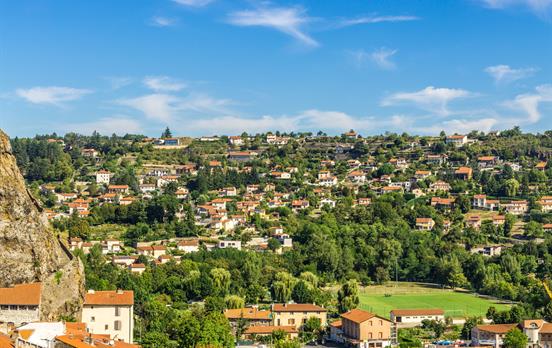

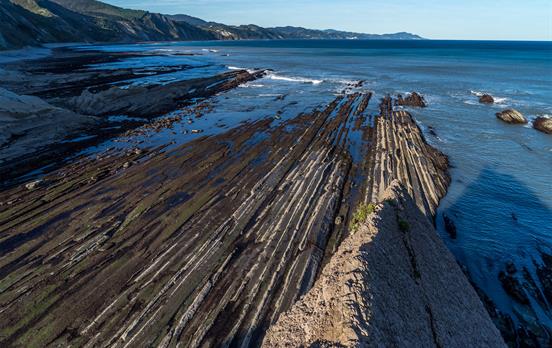

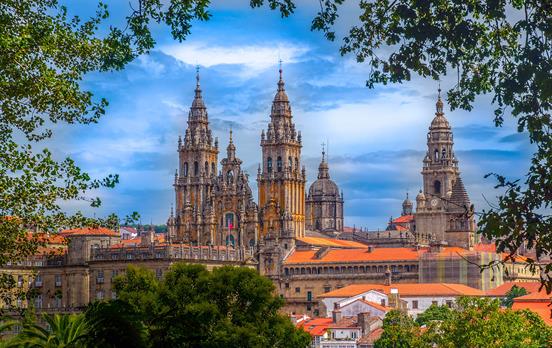
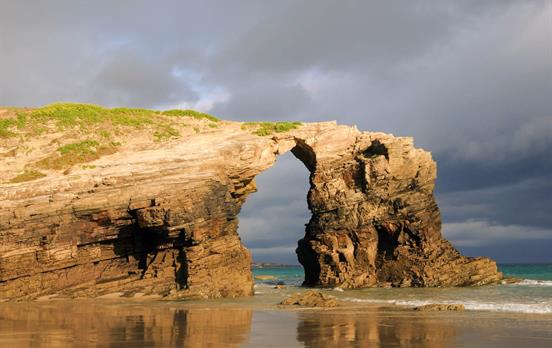
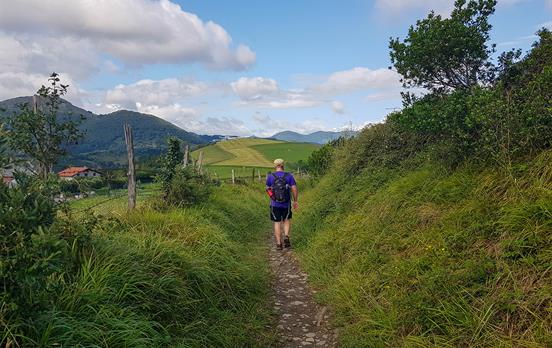
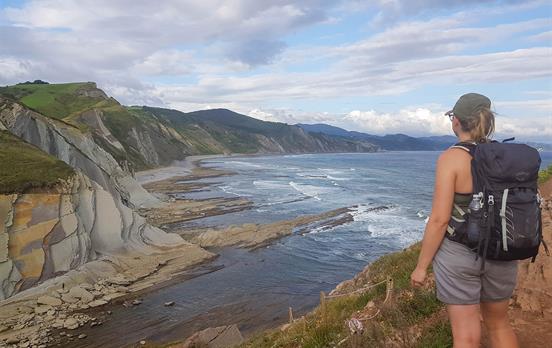
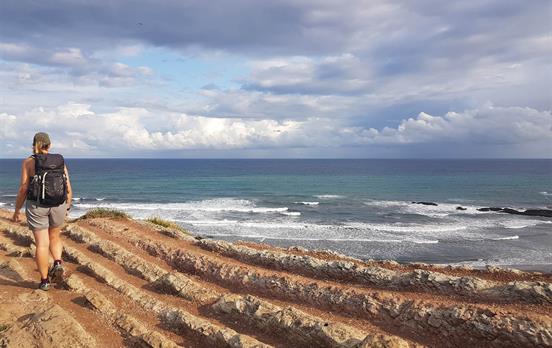
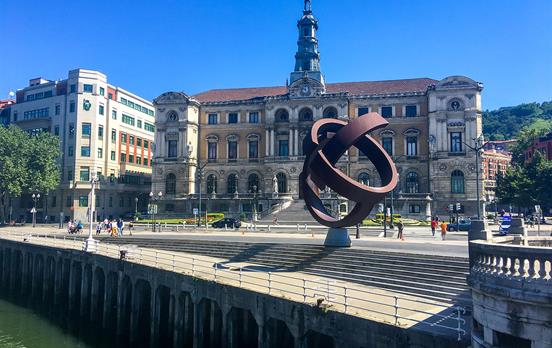
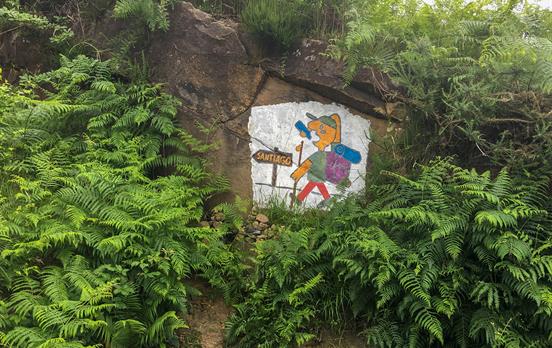
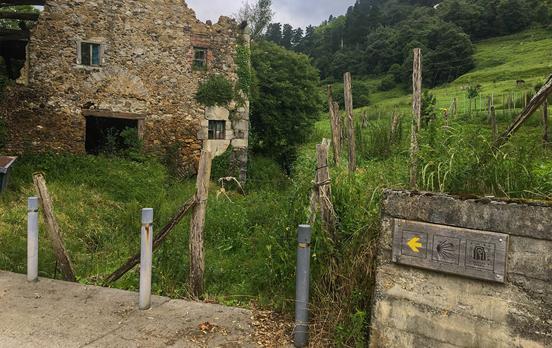
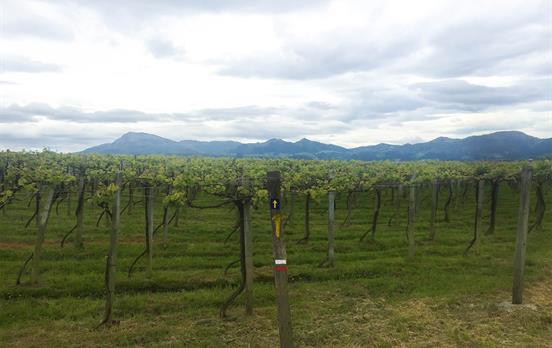
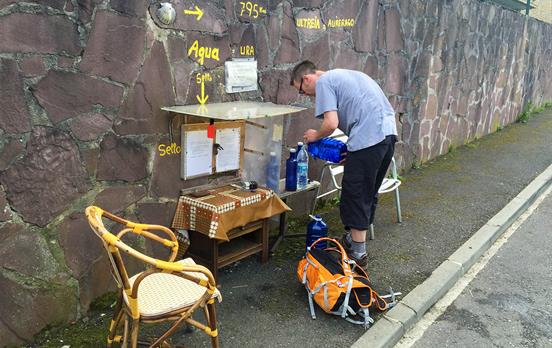
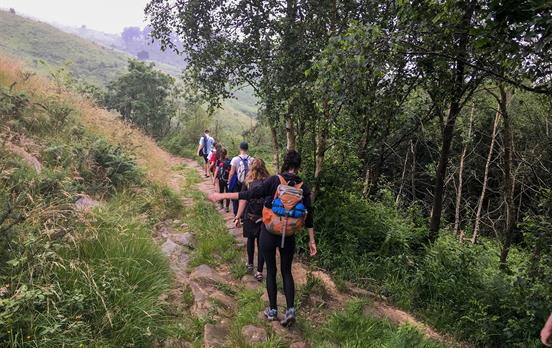
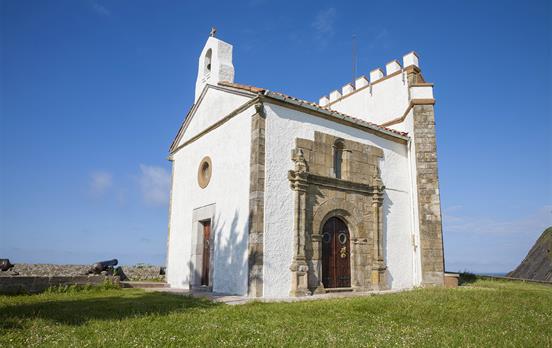


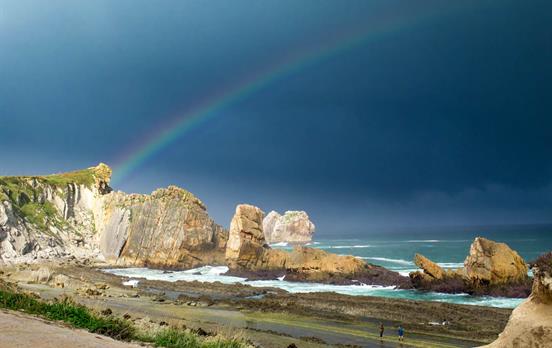

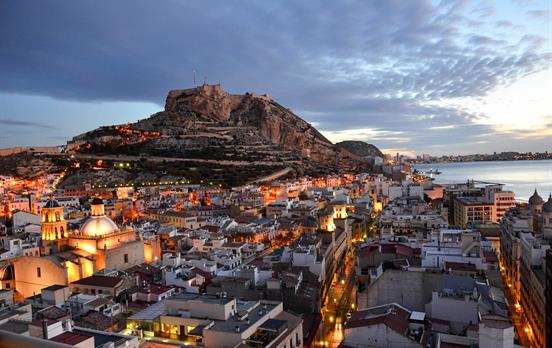
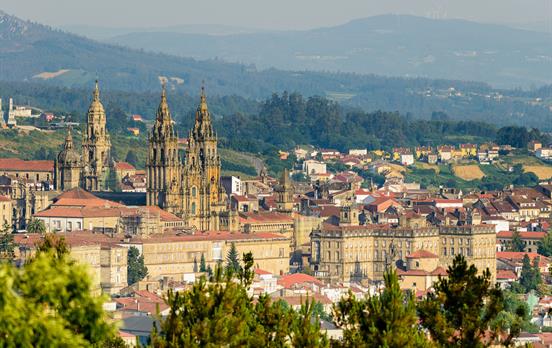
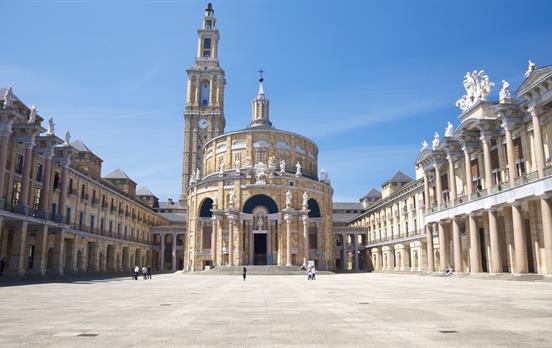
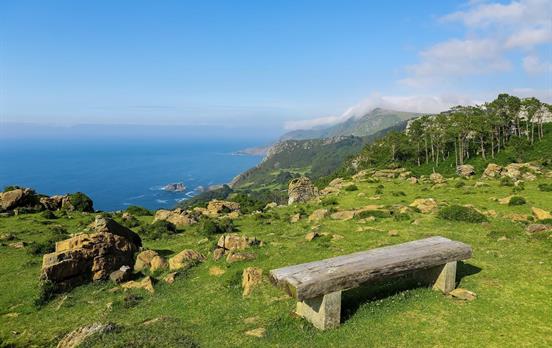
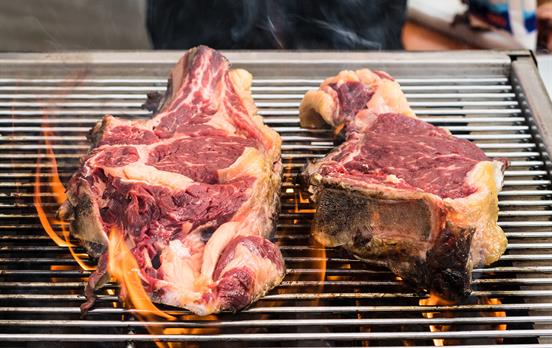
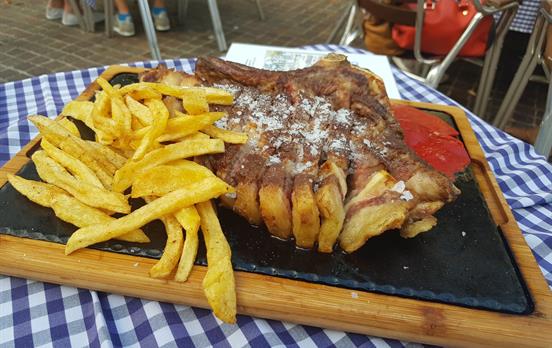

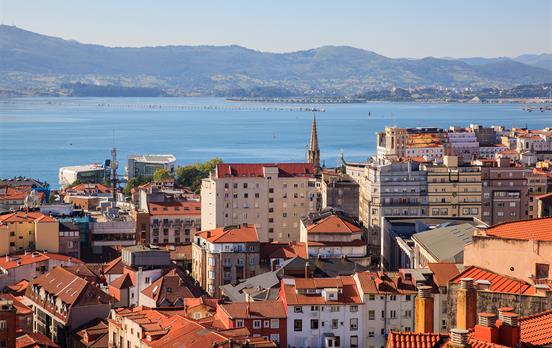
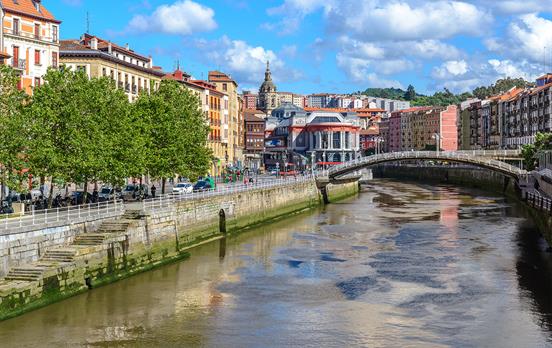
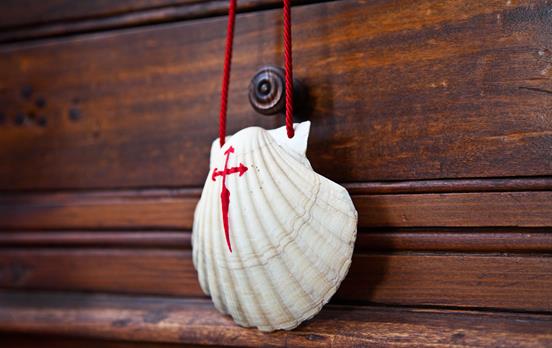
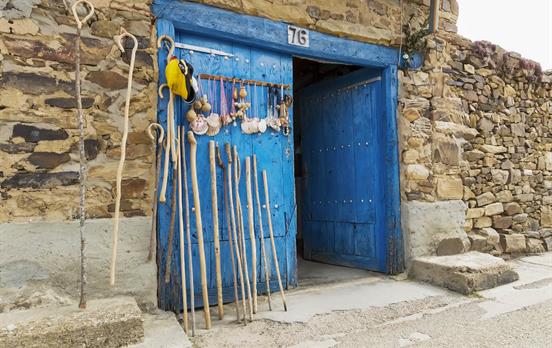
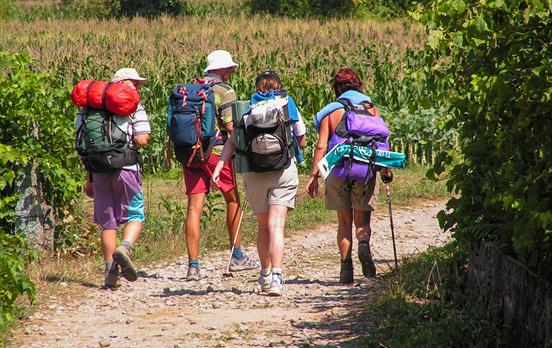
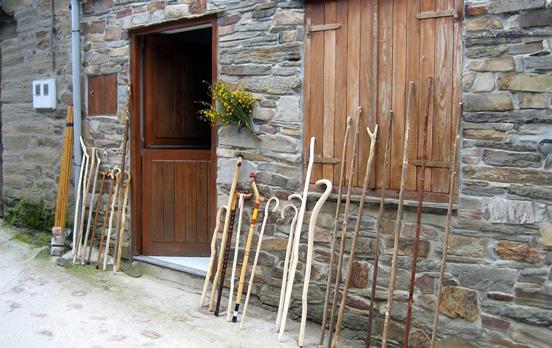
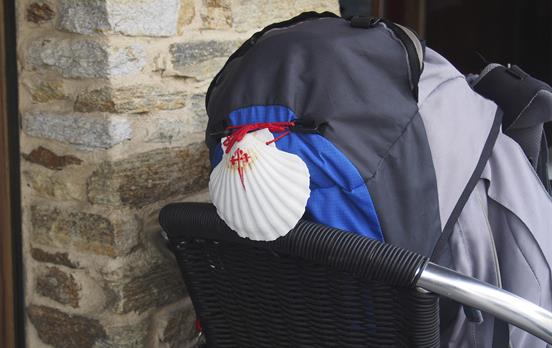

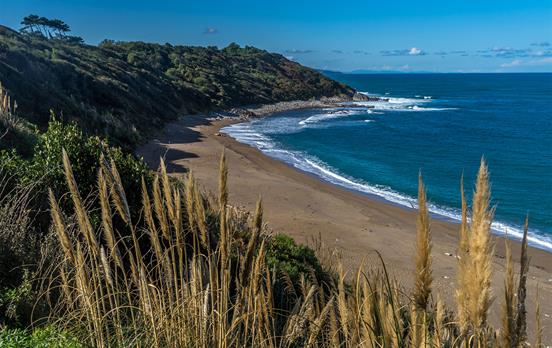
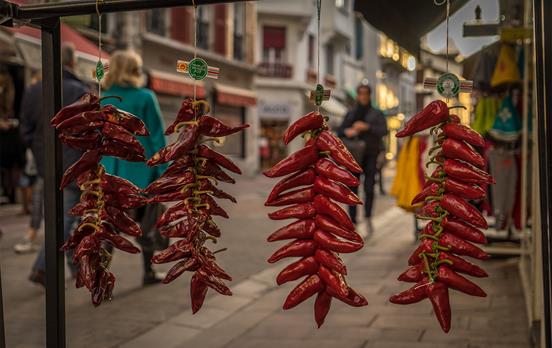
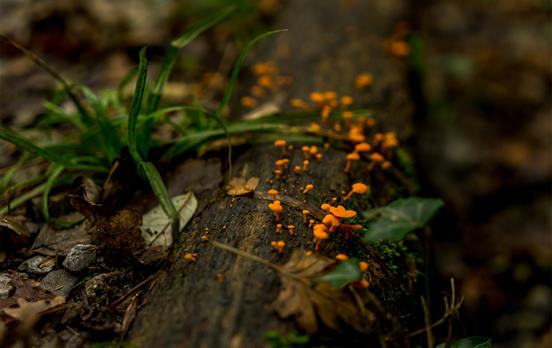
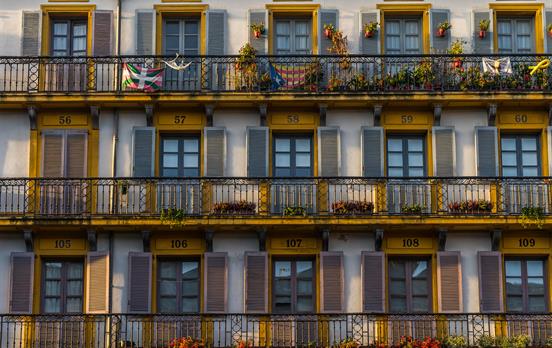

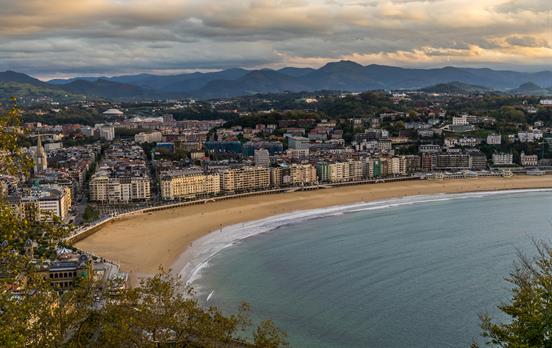
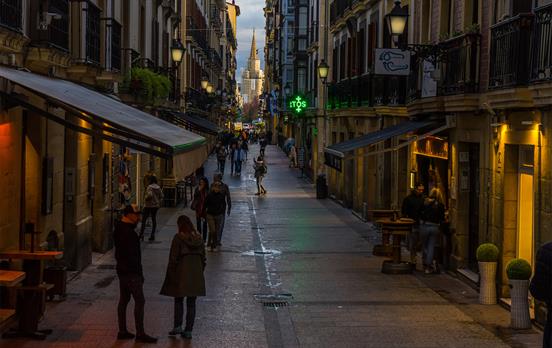

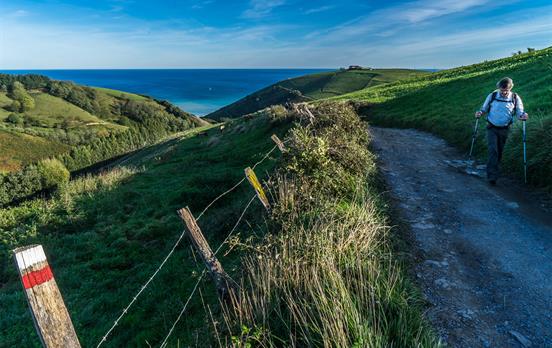
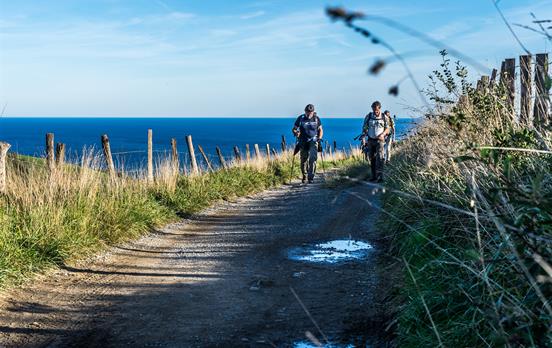
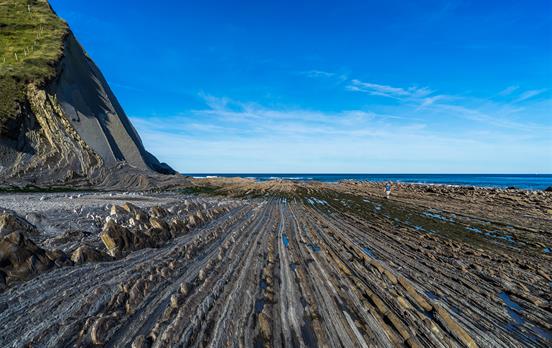
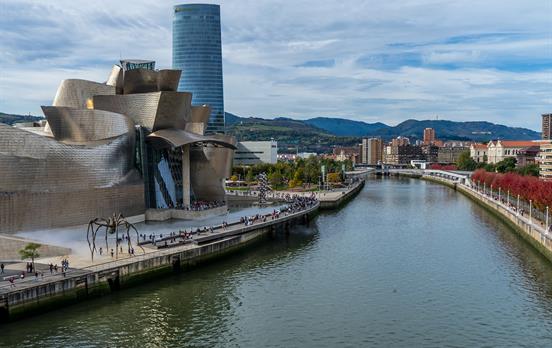


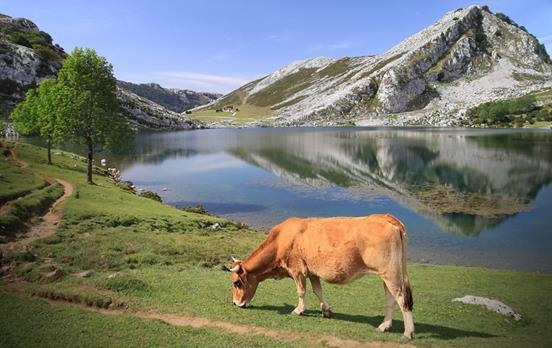
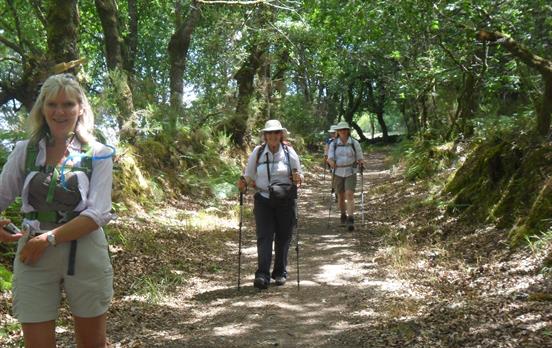
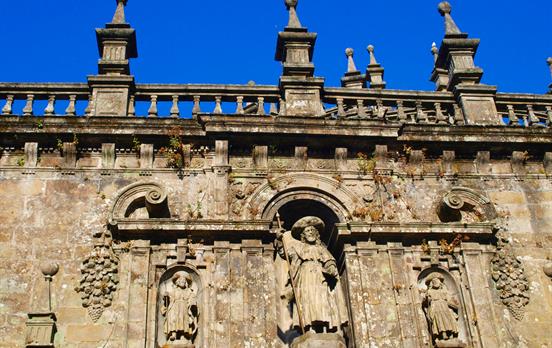
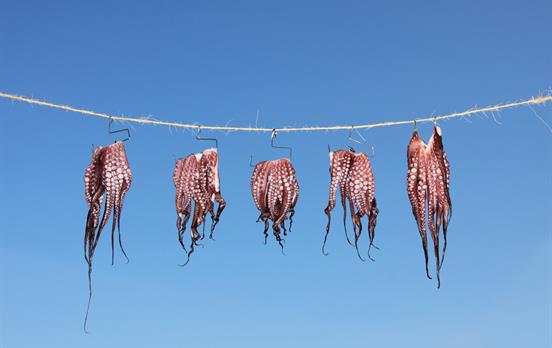
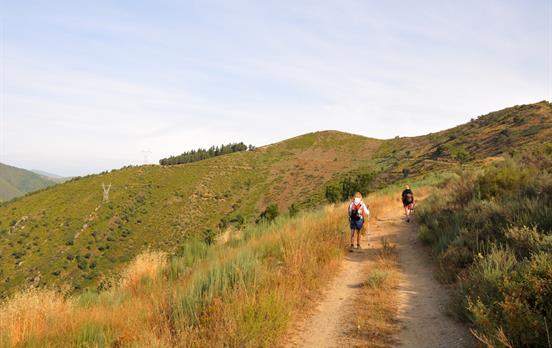
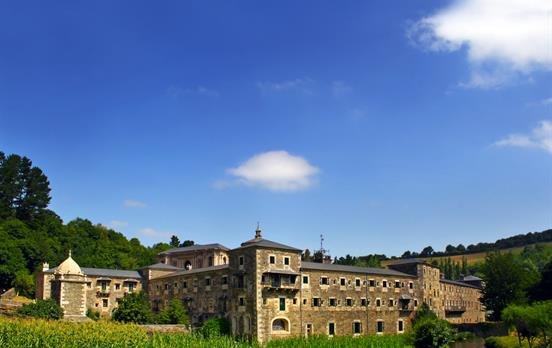
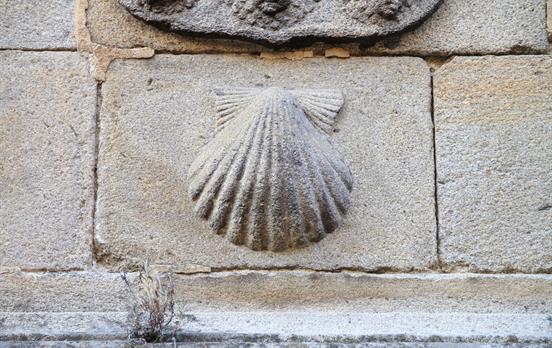
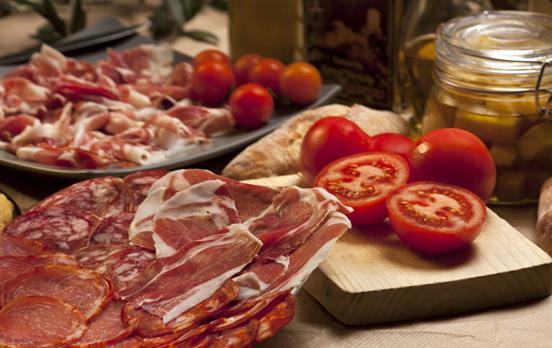
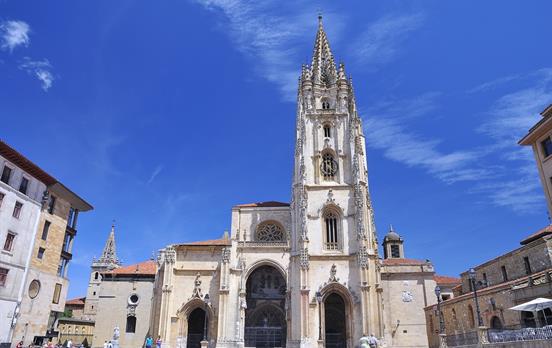
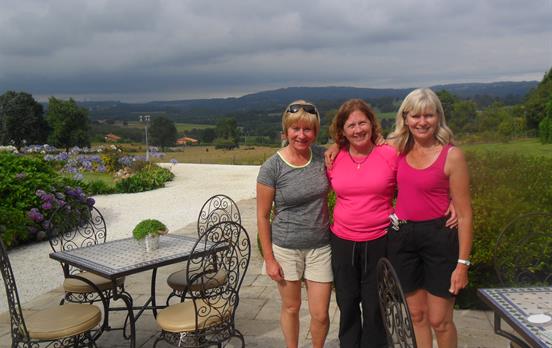
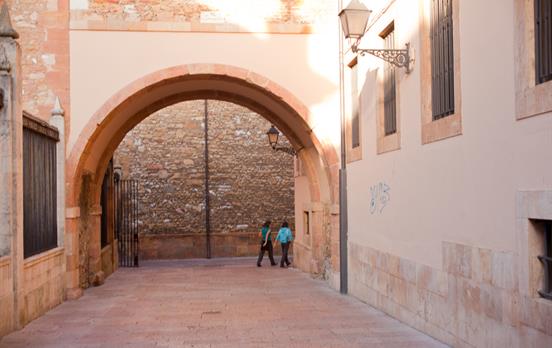


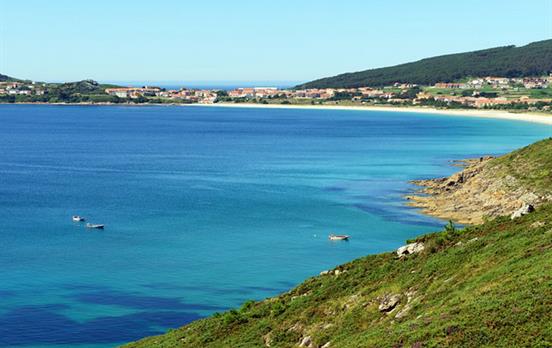
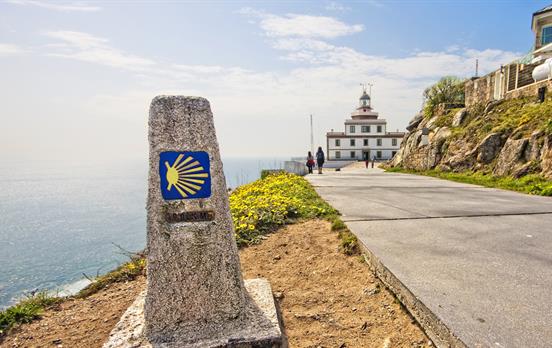
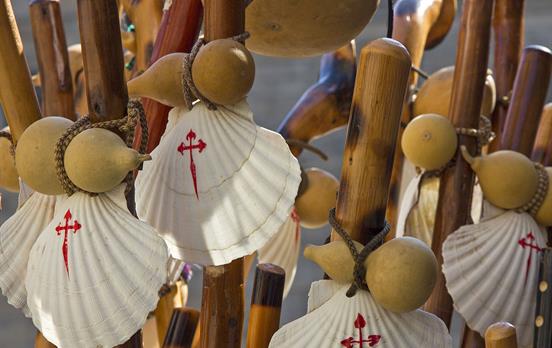
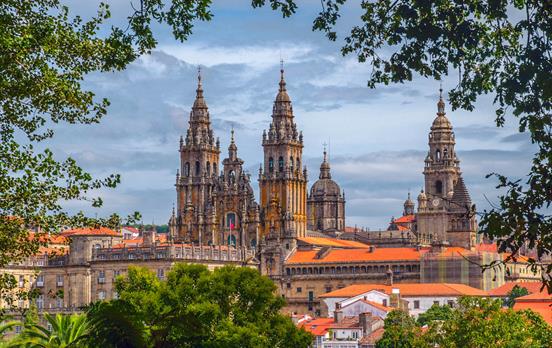
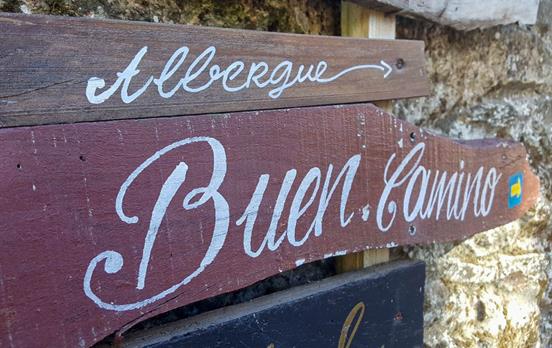
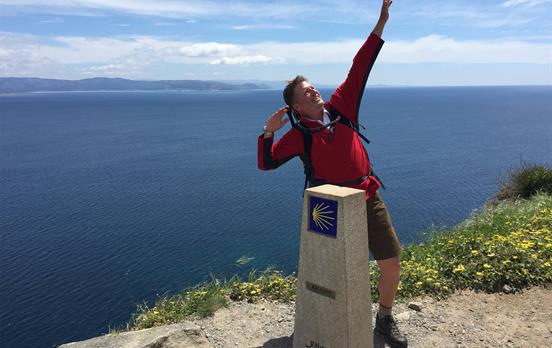
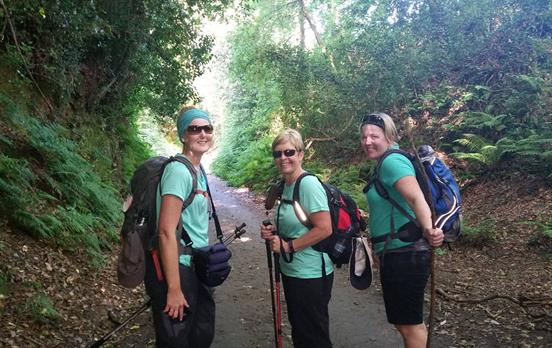
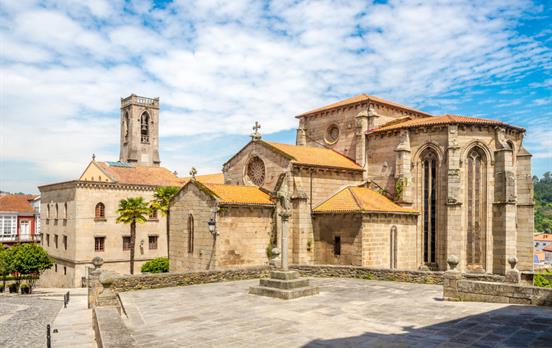

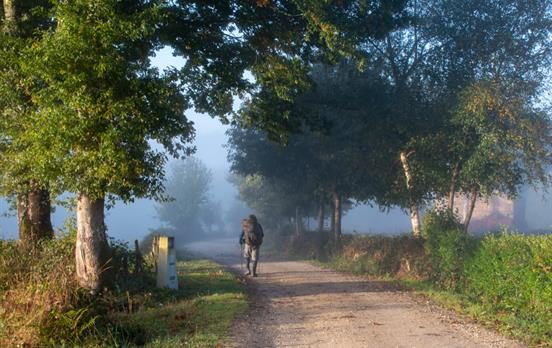
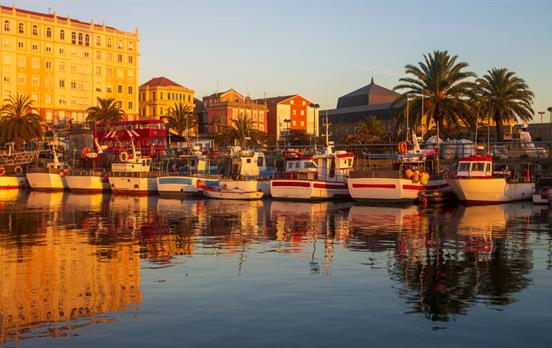
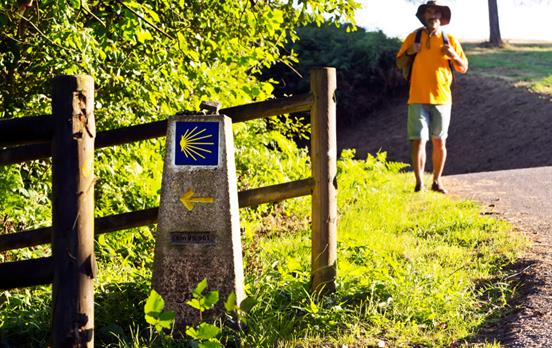
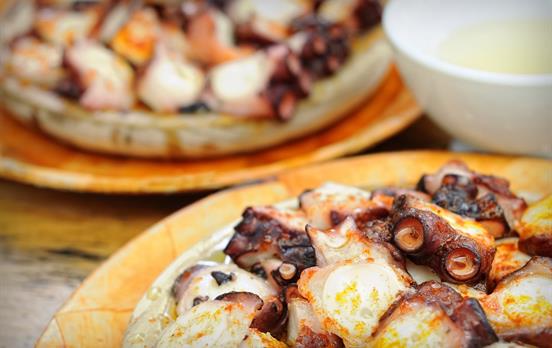
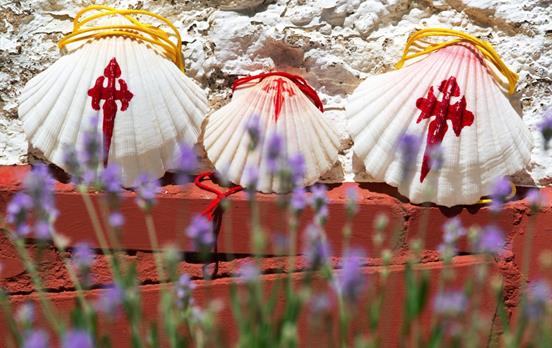
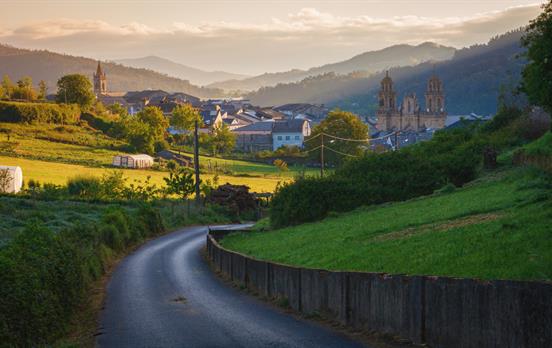
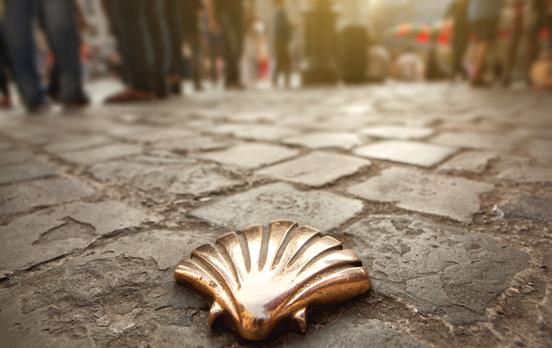
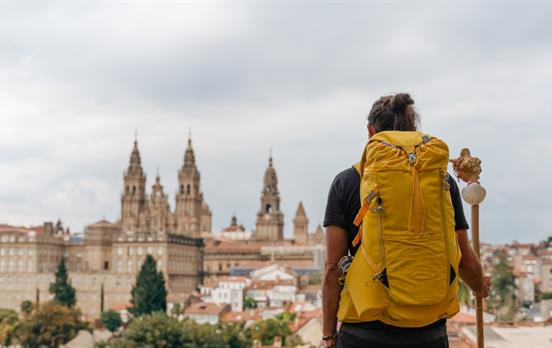

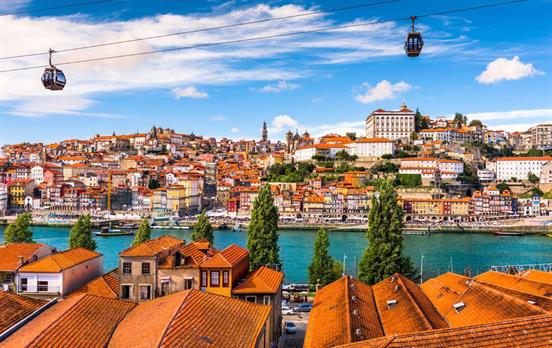
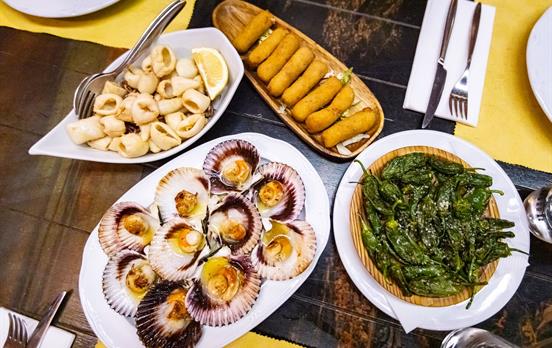
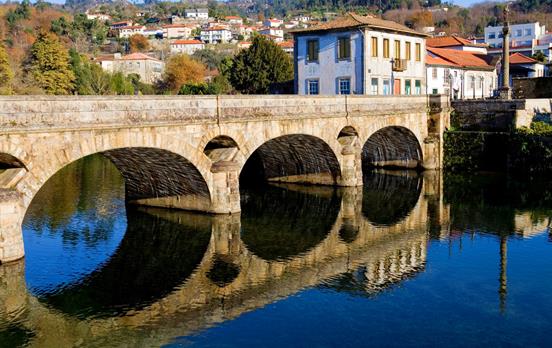
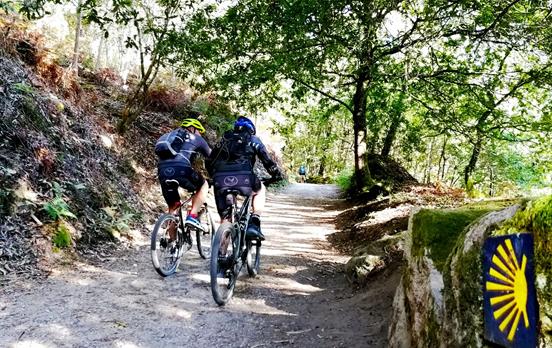
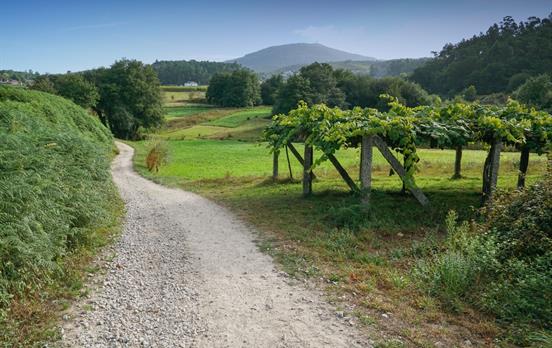
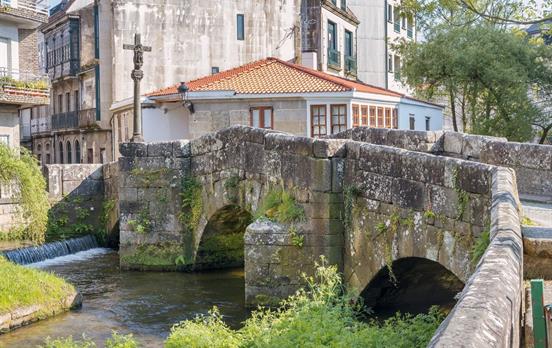
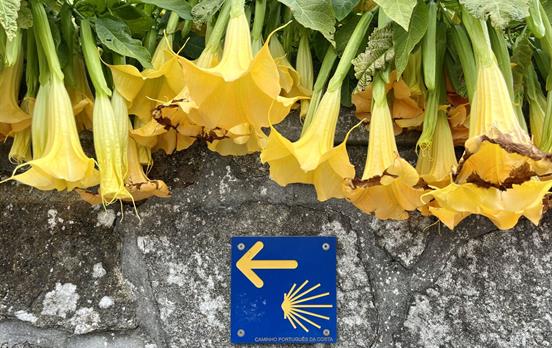
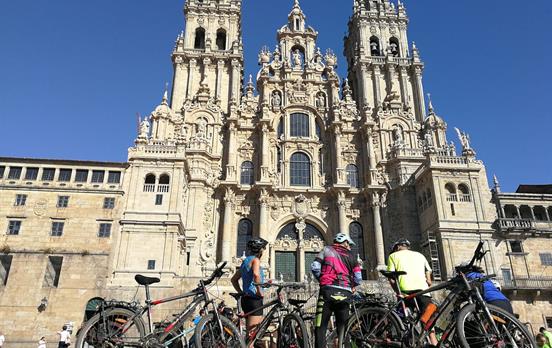










































 Australia
Australia New Zealand
New Zealand South Africa
South Africa European Union
European Union